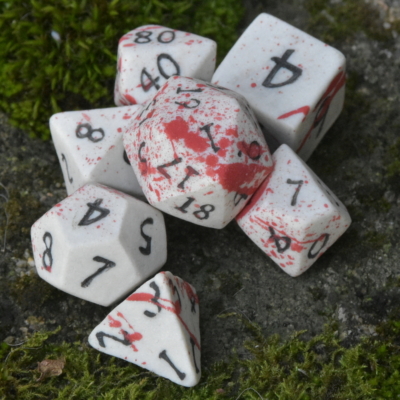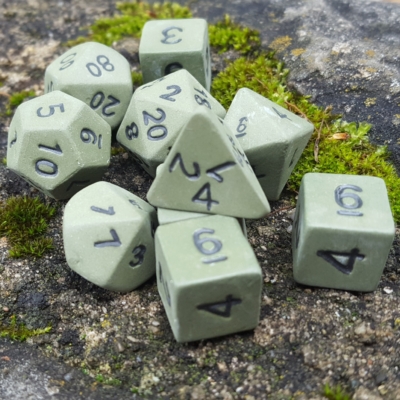Mastering the Art of Creating a Realistic Fantasy Economy in Your DND Campaign
Creating a realistic fantasy economy can significantly enhance the immersion and engagement of your Dungeons & Dragons (DND) campaign. Whether you’re a seasoned Dungeon Master (DM) or a beginner, understanding how to build an economic system that feels real can make your world come alive.
Understanding the Basics
The first step in creating a realistic fantasy economy is understanding the basics. Economics is about how goods and services are produced, distributed, and consumed. In your fantasy world, think about what resources are available, who controls them, and how they are traded.
Supply and Demand
Just like in the real world, supply and demand play crucial roles in your fantasy economy. Determine what resources are abundant and which are scarce. For instance, magical items might be rare and highly sought after, while mundane items like food might be more readily available.
Currency System
Establishing a currency system is essential. Decide if your world uses coins, trade goods, or even magical currencies. Consider factors like inflation and deflation based on events happening in your campaign.
Advanced Tips for Experienced DMs
If you’re an experienced DM looking to add more depth to your campaign’s economy, here are some advanced tips:
- Introduce economic policies and regulations that affect trade.
- Create economic factions with their own interests and conflicts.
- Implement fluctuating market prices based on player actions.
Engaging Your Players with Economic Challenges
Incorporate economic challenges into your campaign to engage players:
- Task players with managing resources for their stronghold.
- Create quests that revolve around solving economic crises.
Creating a realistic fantasy economy in your Dungeons & Dragons (DND) campaign can significantly elevate the gaming experience by adding depth and immersion to your fantasy world. From raw materials to magic items, having a well-thought-out economic system can bring your campaign to life, provide challenges and rewards for your players, and make your world more believable. Whether you’re a seasoned Dungeon Master (DM) or just starting, the foundations of creating a realistic economy are the same: understanding the basic principles of economics, including the production, distribution, and consumption of goods and services, and how these factors interact with each other.
One of the key aspects to consider while designing your fantasy economy is the principle of supply and demand. Just like in the real world, the availability and desirability of resources can greatly influence your campaign’s economy. For example, common items like food and clothing might be abundant and cheap, while rare magical artifacts could command high prices. Similarly, the concept of scarcity can also play a significant role, where high-demand items such as magic potions or rare minerals can trigger quests or conflicts, adding another layer of intrigue to your campaign.
Another crucial element in establishing a realistic fantasy economy is the currency system. Deciding on the type of currency, whether it’s traditional gold coins, trade goods, or magical items, can have a significant impact on your campaign’s economy. In addition, consider introducing economic phenomena like inflation and deflation, which can occur due to various events in your campaign, like wars, natural disasters, or the discovery of new resources. For experienced DMs, introducing economic policies, regulations, and factions with their own economic interests can add further complexity and realism to your campaign’s economy.




